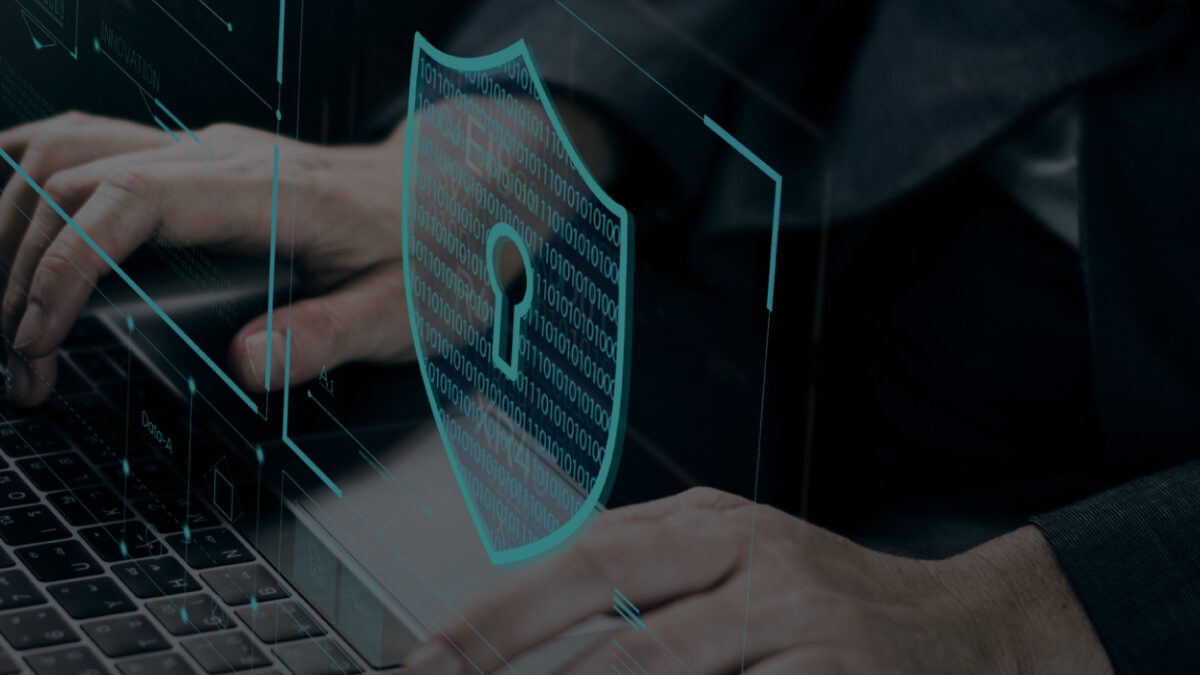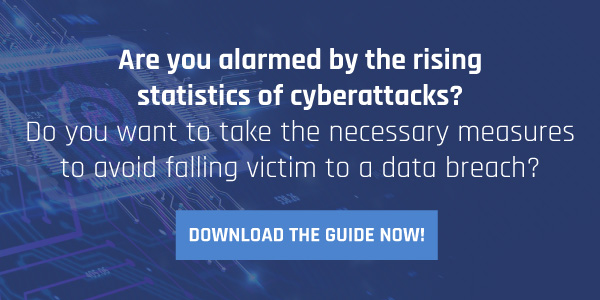
Supply Chain Given Priority via Recent Laws Passed in the US
August 23, 2021
Discover DDBrix: The Powerhouse Lego Game for Better Team Building
September 6, 2021Your supply chain consists of several links. In order to keep these links safely interlocked, your main priority should focus on the security measures continuous throughout the production process. A cybersecurity attack can strike at any moment. Is your supply chain sufficiently armored to protect against the impact of a data breach?
The presence of overlooked vulnerabilities in the supply chain are all too common nowadays. As a responsible business owner, you want to know that your business is safe and, moreover, that your response to a cyberattack is swift and remedial.
Cyberattacks can and will strike at any time. Codifying your prevention and mitigation strategies is, therefore, integral to the health and hygiene of your security system. This article will provide you with three time-tested strategies for cyber-securing your system.
1. Assess your Vulnerabilities
However strong the tendons of your security system may appear, its structure is bound to belie certain pressure points. Expert hackers are keyed into the location of these pressure points and have anticipated the unfolding of an entire sequence of events before you’ve even begun to think about your security weaknesses or vulnerabilities.
These vulnerabilities are not always obvious. Aiming to quickly detect these vulnerabilities demands you ask yourself a few crucial questions, foremost among which is “Would the kind of data your company collects and processes catch the eye of a cybercriminal?”. “What other assets might be attractive to them?”. “How high-profile is your brand?”.
These are questions you can answer without scouring every channel of your company’s infrastructure. This series of questions should help you to zero in on the potential weak link in your supply chain. The identification of this weak link won’t necessarily bear out the facts of your security situation, however, until you conduct further tests.
Of the most effective assessments available, a penetration test is foremost among them. What’s a penetration or “pen” test, you ask? A pen test involves executing a simulated cybersecurity attack in order to evaluate your program’s cyberattack response readiness — the very fulcrum of a reliable cybersecurity system. Who conducts these tests? A certified ethical hacker or “white hat” is an individual whose job it is to remain informed on the latest trends in cyberattack tactics. Your white hat will simulate a realistic step-by-step infiltration and provide you with a solid assessment of what they consider to be the most overt vulnerabilities within your cybersecurity system.
There are many different kinds of pen tests and depending on the structure of your company, the pen test best suited to the shape of your supply chain will be recommended to you.
2. Create a Plan
Now that you’ve gotten a sense of your “security posture”, you can begin to inspect the quality of your technology. You should ask yourself where exactly considerations of cost have left you technologically under-protected in certain facets of your organization. In which department and at what phase of your supply chain might improved technology strengthen your prevention capacity? Could you implement a better solution to improve continuity between different links in the supply chain? How can you ensure that physical and cybersecurity are complementary elements of your overall cybersecurity plan?
You’ll also want to separate your data, assets, and intellectual property in terms of their value relative to the place in which they are stored. The result of these classifications should be a better sense of how you should reorganize things.
3. Train your workforce
A strong team is one which understands the urgency of keeping data well protected. Prevention, mitigation, and recovery, after all, are dependent upon the human presence in the company. Education of your personnel is, therefore, essential.
Ensuring proper education means understanding a few things:
1) Who has access to what data? What kind of security clearances do they possess and what are the current criteria for obtaining these clearances?
2) How many training sessions have been held in the past year regarding cybersecurity?
3)How can you find a fun, interesting and interactive method for effectively enlightening your workforce as to the nature of the threat with which supply chains are faced?
4) Are your employees contributing their own ideas on how to improve security?
Oftentimes, employees engaged in day-to-day operations have the best ideas of how to keep their element of the chain secure.
Last year, the world witnessed a rash of cybersecurity attacks without precedent. Some of the largest, presumably impenetrable companies, suffered disastrous data breaches. Supply chains are a prime candidate for victimization. The first step towards improving the situation is increasing awareness. Of course, Cybersecurity is never easy. Much of it involves guesswork. Your adversaries are shrewder than the average thief, but staying ahead of the curb by employing the above strategies will help you rest easy in the knowledge that when a cyberattack does strike, your defenses will be steeled.
These 3 recommended strategies are just the tip of the iceberg for protecting your supply chain firm from cyber attacks and the team at Patrick Rigoni has done more research to get more in-depth information compiled in a comprehensive checklist called “Guide to Protecting Against Supply Chain Attacks” listed with 5 cybersecurity risks to look out for, which can be downloaded for free for your easy reference.
Protect your supply chain business from cyber attacks and get more information. Download Patrick Rigoni’s “Guide to Protecting Against Supply Chain Cyber Attacks” here.





